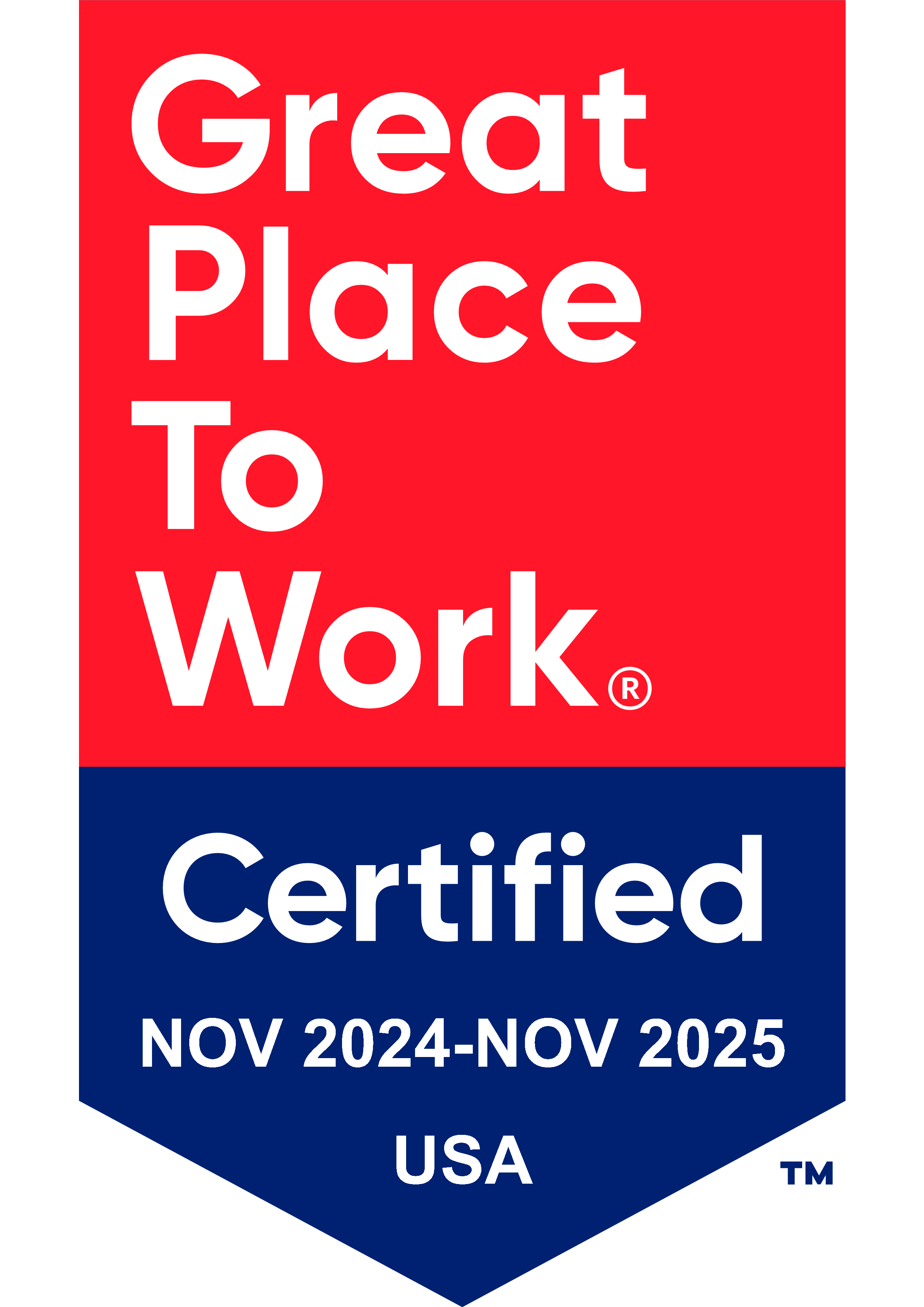This past quarter, Cloudforce held a company-wide challenge to encourage growth and learning (with a side of friendly competition). Certification opportunities were on display in the office and the technology team was incentivized to be the first to pass the exam. It was fun to observe and impressive to watch the team seemingly effortlessly obtain these certs.
But what about the other side of the house – us non-technologists? Watching our technology counterparts gobble up certifications with Pacman-like speed piqued our motivation to find similar opportunities appropriate to our roles in operations and management.
Thankfully, Microsoft has made it possible for us to experience some of that satisfaction for ourselves. With a ton of learning paths, training, and certifications available to all, Microsoft’s course catalog ensures everyone – even the less technical among us – has plenty of opportunities to take part.
Here are three Microsoft professional learning opportunities for non-technical team members:
Microsoft Viva
Microsoft’s employee experience platform, Viva, seeks to support employee productivity and well-being through direct daily engagement. Using AI, Viva learns employee work habits and provides insights as to how you can make your workday more efficient. Viva’s encouragement of positive mental health practices like meditation is especially timely, given that meditation can be more beneficial than a vacation. And with Teams as its hub, you can seamlessly integrate Viva into your daily routine, becoming more efficient over time. Lastly, Viva offers a Teams Insights feature for managers and leaders, providing data-driven revelations into employee engagement and satisfaction. Creating a culture of health and well-being is in vogue right now, but for good reason – when people feel cared for by their managers, they’re happier and more productive. Everyone wins. Check out Microsoft’s Viva documentation and walk through the available learning modules to learn more.
365 Fundamentals
It might be tempting to take a solution like 365 for granted. But within this software that we use daily, there is plenty of complexity. Know the difference between Office 365 and Microsoft 365? Going far beyond the scope of Word and Excel, 365 Fundamentals offers insights from the lens of an administrator (versus a user). Learn about cloud concepts, security, and data analytics and how they all tie together under the umbrella of 365. A certification exam is also on the table for this learning path, and since this is one the engineering team may not have at the top of their list, you could position yourself as the resident expert on some of these topics.
Azure Fundamentals
While this one definitely straddles the line between technical and not, the Azure Fundamentals learning path offered by Microsoft is approachable even for a tech newbie. These modules go just granular enough to provide you a big-picture understanding of Microsoft Azure, its core offerings, and beginner-level insights into the beneficial solutions your teams are working with. Azure Fundamentals allows you to dip a toe (okay, more like both feet, ankle-deep) into the waters of what can be done within Azure. This learning path also has the potential for a certification (bonus!). As a bona fide non-technologist who recently passed this exam, be assured – if I can, you can. Microsoft provides plenty of options for learning this content – go at your own pace through various learning modules, attend a (free!) Azure Fundamentals training day, or take an instructor-led training session. Learning this content is a fun feather in your cap; who knows, maybe you’ll join the tech team after all.
As the saying goes, the whole is greater than the sum of the parts. Any one of these professional development opportunities will better equip you to come alongside your technical team with confidence while deepening your Microsoft solution knowledge base. Company cert challenges beware!
If you’re interested in learning more about the opportunities above, please contact us via the links below!
Sources informing this blog post include:
How to Improve Employee Performance through Work Environment and Work Life Balance






























